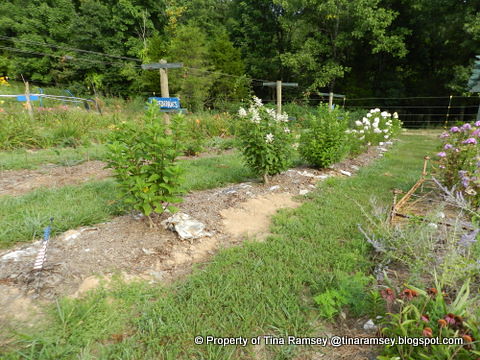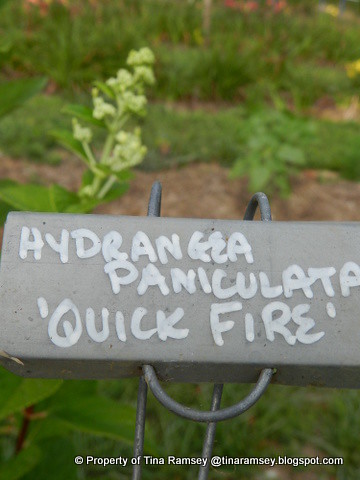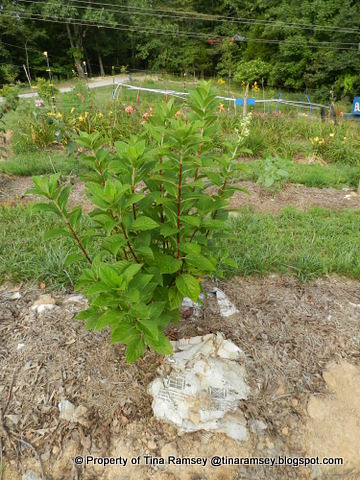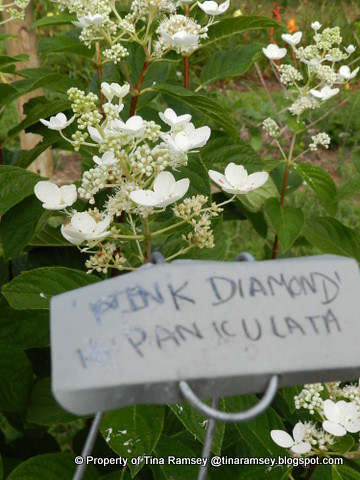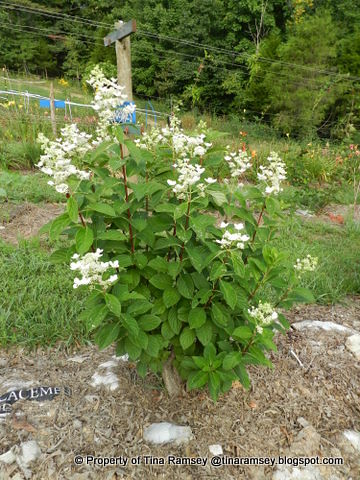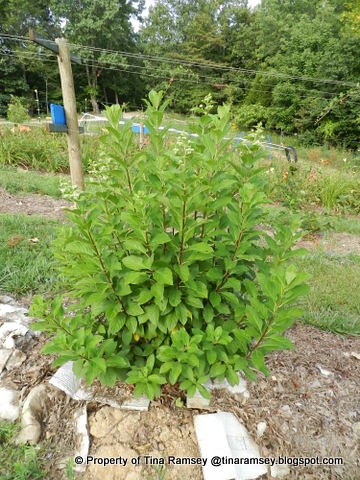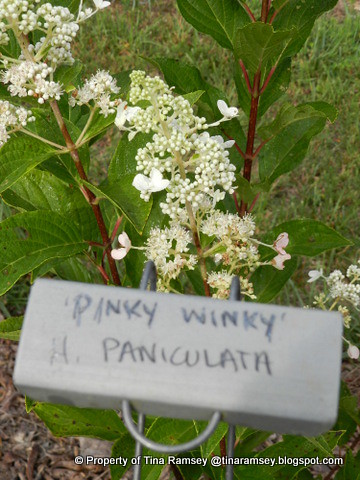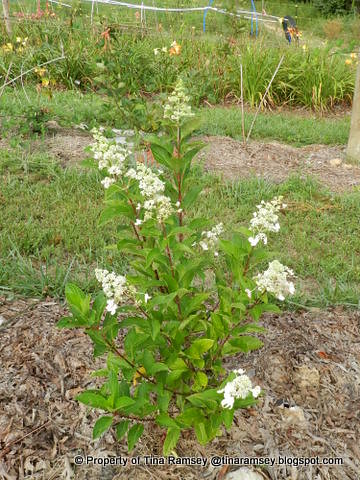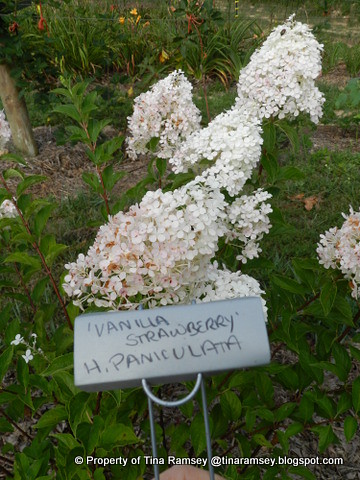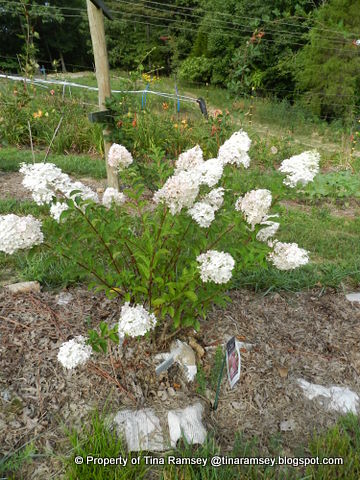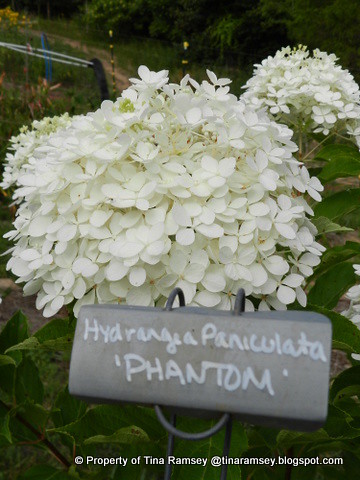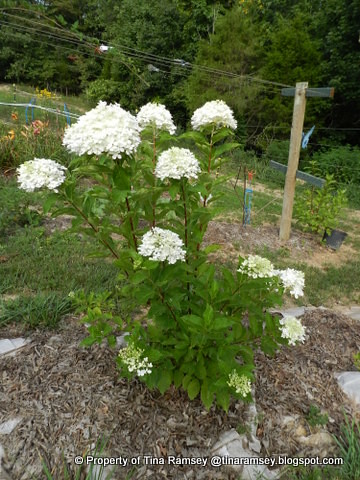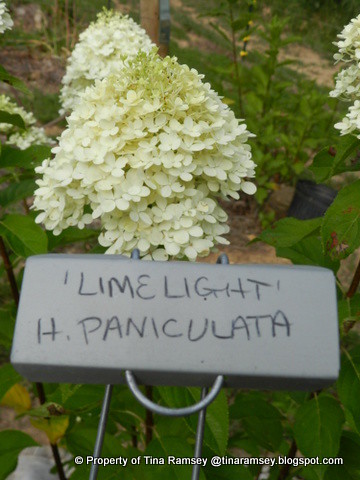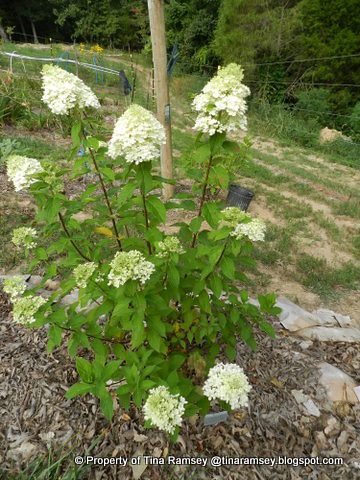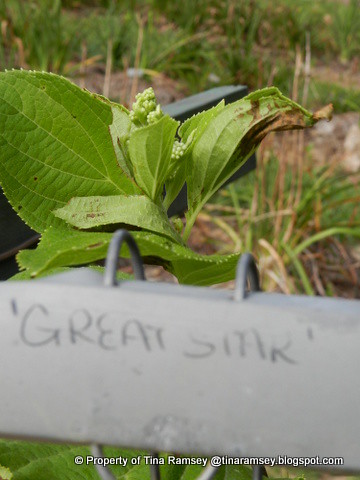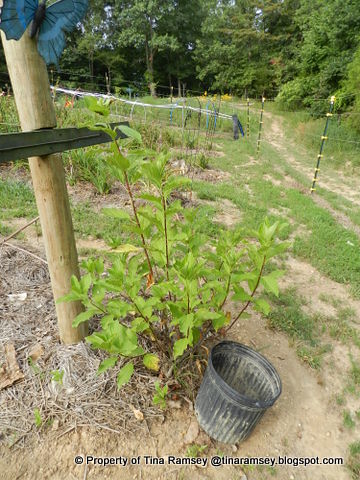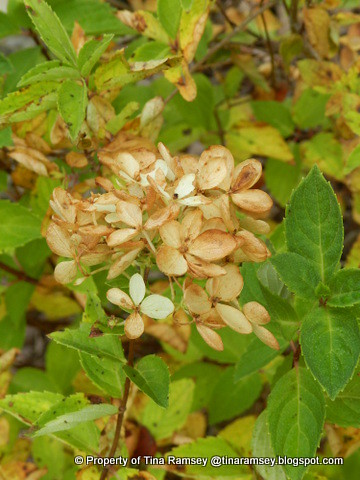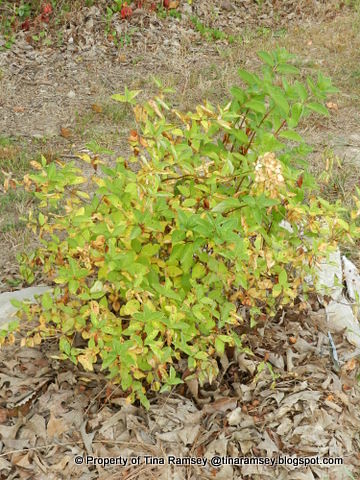BY SKEETER
Hello from my GEORGIA GARDENS! I hope you all are enjoying this wonderful summer as much as I have been thus far! Lower temperatures and weekly rain are keeping this gardener happy.
I had given up on planting a vegetable garden some time ago as they just do not do well for me. I am more of a Flower Gardener then anything.
But this year, we wanted homegrown tomatoes so I planted a few slips along with Red, Yellow and Green Sweet Pepper, Squash, Zucchini, Cantaloupe and Watermelon. Tomatoes are doing well.
My first attempt at Watermelon are doing well also!
The Saint and I ate our first picked Cantaloupes! Not as sweet as we prefer but to be expected with so much rain lately.
We picked a third Cantaloupe and many tomatoes to include some from volunteer plants from using composted soil. Ha, what a surprise to gaze upon my blooming flowers and spot tomatoes ready for picking!
Sad but not surprising to say, we lost the Squash and Zucchini as always. The Pepper have yet to do anything but bloom. Reckon the Bees are not doing their job of pollinating the Pepper plants....
Here is a mystery to us. This watermelon has begun to rot at the end. What causes this? I removed it from the plant and have placed it in an area for the wildlife to enjoy. I must say that I am ever so pleased to have grown my own HAPPY FRUITS, In the Garden...
Words and Photos Property of In the Garden Blog Team, In the Garden





